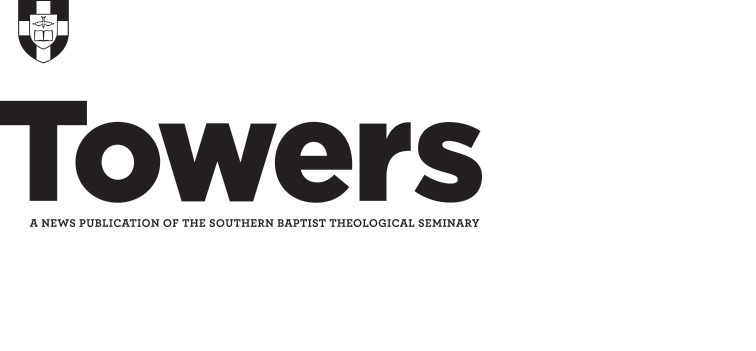Commentary on Hebrews
Thomas R. Schreiner
In the first commentary released in the Biblical Theology for Christian Proclamation series, Thomas R. Schreiner’s Commentary on Hebrews explores the theology of the New Testament epistle in relation to the biblical canon.
“In considering the theological message of the letter, it is important to locate the fundamental purpose of the writing,” Schreiner writes in the introduction. “The readers are called on to persevere, to hold on, and to keep believing until the end. If they fall away, the author insists, they will face destruction and damnation.”
After briefly surveying the anonymous authorship, date, and audience of the epistle, Schreiner provides an overview of the biblical storyline and places Hebrews in its canonical context. Hebrews, Schreiner writes, shows us how the Old Testament “should be read in light of the fulfillment of Jesus Christ.”
“They were probably tempted to revert back to Judaism because they were suffering,” Schreiner writes. “The writer reminds them of the pattern of OT saints and the pattern in the life of Jesus. First comes suffering and then comes glory.”
The epistle’s role in the canon looks back at the storyline of the Bible and warns its readers not to “deny Jesus and all that he had accomplished” — a better priesthood, sacrifice, and covenant.
Schreiner categorizes the structural themes of biblical theology in Hebrews as promise-fulfillment in Jesus, already-but-not-yet eschatology, typology in the divine correspondence between the Old and New Testament, and the spatial orientation of the heavens and earth.
In the verse-by-verse exposition, Schreiner’s commentary provides an outline of the particular passage and examines its immediate context before the exegesis. Since Hebrews itself cites Old Testament passages, events, and figures, the exegesis often highlights the epistle’s biblical theology. A key feature in Schreiner’s exposition is the bridge following the exegesis of each passage, which summarizes the biblical and theological themes available for expository preaching.
“Jesus is the culmination of God’s revelation,” Schreiner writes in the bridge for Hebrews 1:1-4. “Believers do not need any other word from God for their lives. They are to put their faith in what God has revealed in and through Jesus the Christ.”
The most significant contribution of this commentary, and the series it introduces, is the concluding section, “Biblical and Theological Themes.” Using the theological structures from the introduction, Schreiner extracts nine key themes from Hebrews: the sovereignty and love of God; the nature and accomplishments of Jesus Christ; the better nature of the new covenant; the gift of the Holy Spirit; warnings and exhortations; the readers as sojourners and exiles; faith and obedience for the readers; assurance of salvation; and the future reward.
Schreiner devotes most of the concluding section to the epistle’s primary figure, Jesus Christ. He explores the theology of Hebrews in regard to Jesus’ divinity, humanity, eternal priesthood, ultimate sacrifice, perfection and assurance, and resurrection and exaltation.
“The fundamental issue is whether the readers will remain faithful to Jesus Christ and his sacrifice or will turn to OT sacrifices to secure atonement for their sins. The author makes an elegant and passionate case for staying true to Jesus Christ,” Schreiner writes.
Schreiner’s contribution and the ensuing releases in this new commentary series should prove to be valuable tools for expository preaching, enabling pastors to equip their churches with a better understanding of how each book relates the storyline of the Bible.




